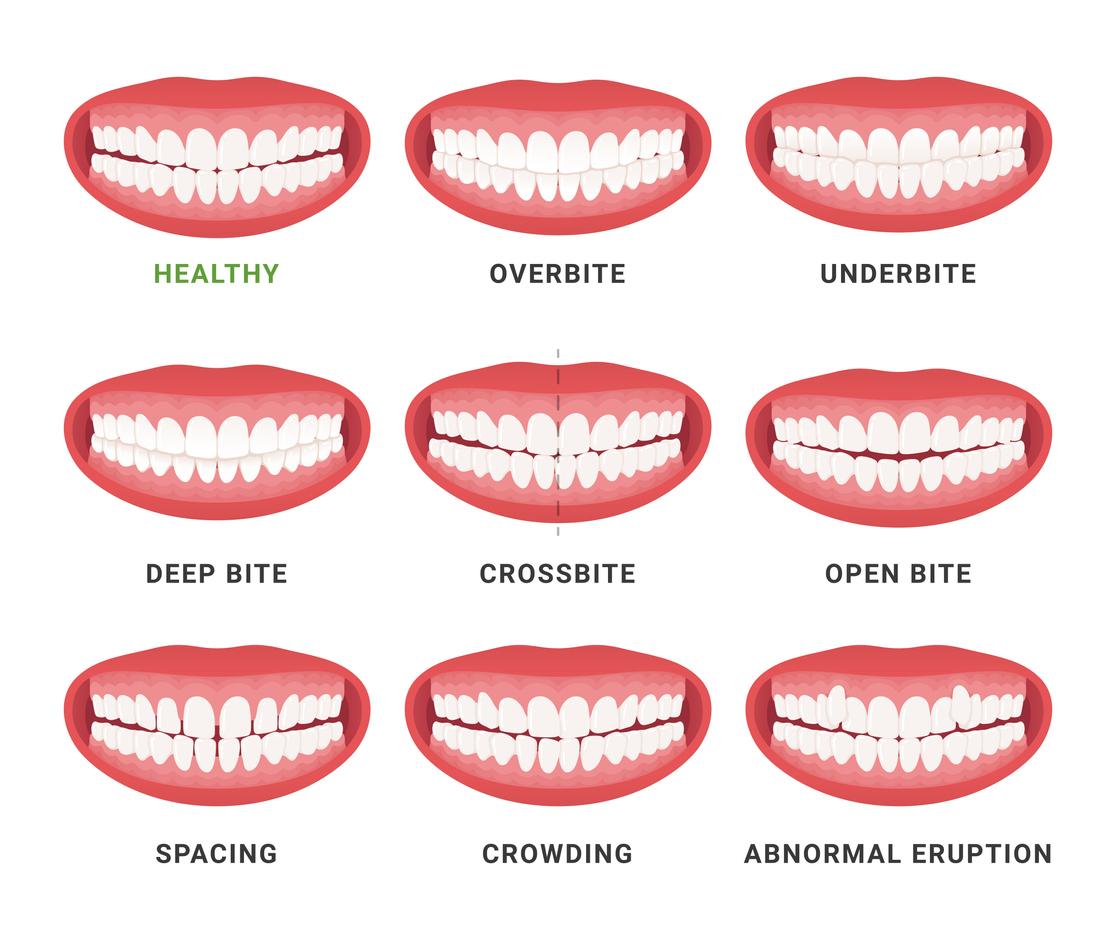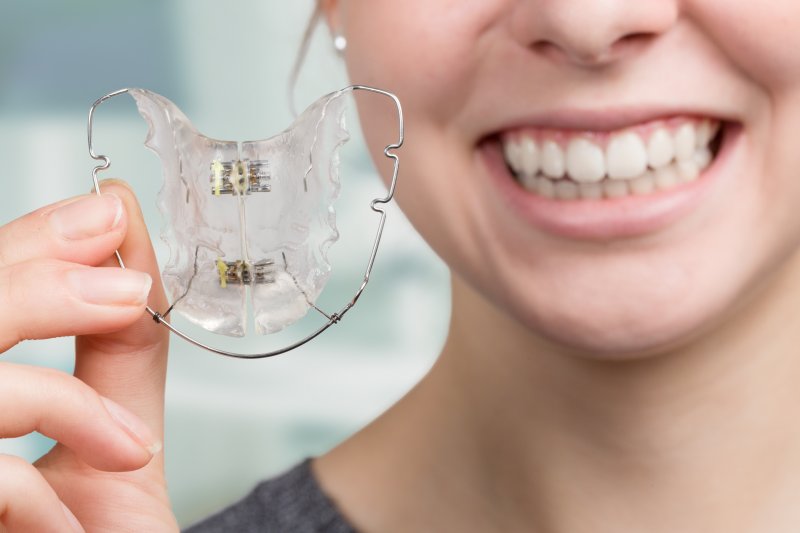Maintaining Oral Health While Utilizing Invisalign: Tips for a Smooth Experience
Maintaining Oral Health While Utilizing Invisalign: Tips for a Smooth Experience
Blog Article
Invisalign vs. Conventional Braces: Which Alternative Is Right for You?
When considering orthodontic treatment, the option between Invisalign and standard braces presents numerous essential aspects that warrant cautious analysis. Invisalign provides a discreet alternative with detachable aligners, while traditional dental braces provide a more visible yet reliable remedy for serious misalignment. Each option encompasses distinct advantages and drawbacks associated with aesthetic appeals, comfort, treatment period, and price. Recognizing these subtleties is crucial for making an educated decision that straightens with your personal choices and way of living. The question stays: which choice will finest fulfill your orthodontic requirements and expectations?
Summary of Treatment Choices

On the other hand, conventional dental braces contain metal braces and cords that are bonded to the teeth. This method uses constant pressure in time to accomplish placement. While efficient for intricate orthodontic problems, conventional braces require routine sees for adjustments and can pose obstacles in maintaining dental health due to the difficulty of cleansing about brackets and wires.
Both options have their qualities, and the option usually rests on details oral conditions, way of living choices, and individual compliance. Eventually, getting in touch with an orthodontic expert is critical for identifying the most suitable treatment strategy customized to private needs. Understanding the subtleties of each alternative can dramatically affect the overall success of orthodontic therapy.
Visual Considerations
A significant aspect affecting the option between Invisalign and typical braces is the aesthetic allure each therapy uses. Invisalign aligners are crafted from clear plastic, making them virtually unnoticeable when worn. This discreet look is specifically appealing to grownups and teens who might feel awkward concerning their orthodontic treatment. The capability to preserve a natural smile throughout the alignment procedure can substantially enhance the individual's self-confidence in specialist and social setups.
On the other hand, typical braces contain steel braces and cables, which can be much more visible. While advancements in orthodontic modern technology have actually brought about the advancement of smaller braces and tinted elastics, typical dental braces still maintain a more conspicuous account. For some people, the exposure of dental braces might discourage them from looking for necessary therapy.
Eventually, the choice between Invisalign and traditional dental braces may depend upon personal preferences pertaining to aesthetic appeals. Patients that prioritize discernment commonly lean toward Invisalign, while those who are much less worried concerning presence might opt for standard dental braces. Understanding the aesthetic ramifications of each alternative is important for making a notified choice that straightens with one's way of life and choices.
Comfort and Convenience

In regards to comfort, Invisalign aligners are detachable, making it possible for people to enjoy their favorite foods without constraint and maintain ideal dental hygiene. Cleaning and flossing are streamlined, as the aligners can be secured during these regimens, whereas traditional dental braces require cautious steering around cables and brackets.
In contrast, typical braces require regular modifications, making them less hassle-free for those with hectic routines. In general, the comfort and convenience of Invisalign make it an attractive choice for lots of people looking go to this site for orthodontic treatment.
Therapy Duration and Effectiveness
While both Invisalign and typical dental braces are efficient in remedying dental imbalances, the period of treatment can differ dramatically between both choices. Generally, Invisalign treatment can take anywhere from 12 to 18 months, relying on the intricacy of the instance. The clear aligners work by slowly moving teeth into their preferred positions, and routine follow-ups with an orthodontist assistance make sure development remains on course.
In comparison, traditional dental braces often call for a longer commitment, typically ranging from 18 months to three years. This is due to their fixed nature and making use of braces and wires, which can be much more efficient for severe imbalances and intricate instances (Invisalign). The therapy efficiency this hyperlink of typical braces is well-documented, as they enable for specific adjustments and better control over tooth motion
Eventually, the option between Invisalign and typical braces may rest on both the anticipated treatment duration and the details oral issues at hand. Consulting with an orthodontist is crucial, as they can offer customized referrals based on private needs, guaranteeing the picked approach aligns with wanted durations and results.
Cost Comparison and Insurance Alternatives
Expense plays a considerable function in the decision-making procedure for individuals considering orthodontic treatment, whether deciding for Invisalign or traditional dental braces. Generally, the cost of Invisalign ranges from $3,000 to $8,000, while conventional braces commonly set you back in between $2,000 and $6,000. Variables influencing these expenses consist of the complexity of the instance, the duration of treatment, and geographical place.
Insurance policy coverage can considerably affect out-of-pocket expenses. Lots of dental insurance policy strategies give partial protection for orthodontic therapies, yet the specifics can vary commonly. It is critical for individuals to review their insurance coverage to identify the extent of insurance coverage for either alternative. Usually, traditional braces may be more frequently covered by insurance coverage plans contrasted to Invisalign, which some insurance firms classify as a cosmetic procedure.
Additionally, numerous orthodontic methods use flexible layaway plan, making both therapy alternatives much more accessible. People ought to ask about prospective funding choices and Bonuses price cuts for ahead of time settlements. Assessing the overall expense, including insurance policy benefits and layaway plan, is crucial for making an informed decision that straightens with both aesthetic preferences and spending plan considerations.

Final Thought
In summary, the option between Invisalign and standard braces hinges on numerous elements, including visual choices, comfort, therapy period, and expense. Invisalign supplies a very discreet, detachable option that assists in dental health and nutritional flexibility, while typical dental braces might be preferable for complex oral concerns and commonly come at a reduced cost factor. Eventually, examination with an orthodontist is necessary to evaluate individual conditions and figure out the most suitable treatment choice for accomplishing optimum dental alignment.
When thinking about orthodontic treatment, the option between Invisalign and conventional dental braces offers numerous essential elements that warrant careful assessment.Contrasting Invisalign and typical dental braces reveals unique therapy choices for orthodontic modification.While both Invisalign and conventional dental braces are efficient in correcting oral imbalances, the duration of treatment can differ significantly in between the 2 choices.Expense plays a significant role in the decision-making procedure for individuals taking into consideration orthodontic therapy, whether deciding for Invisalign or typical dental braces.In recap, the option in between Invisalign and traditional braces pivots on multiple elements, consisting of visual choices, convenience, treatment period, and expense.
Report this page